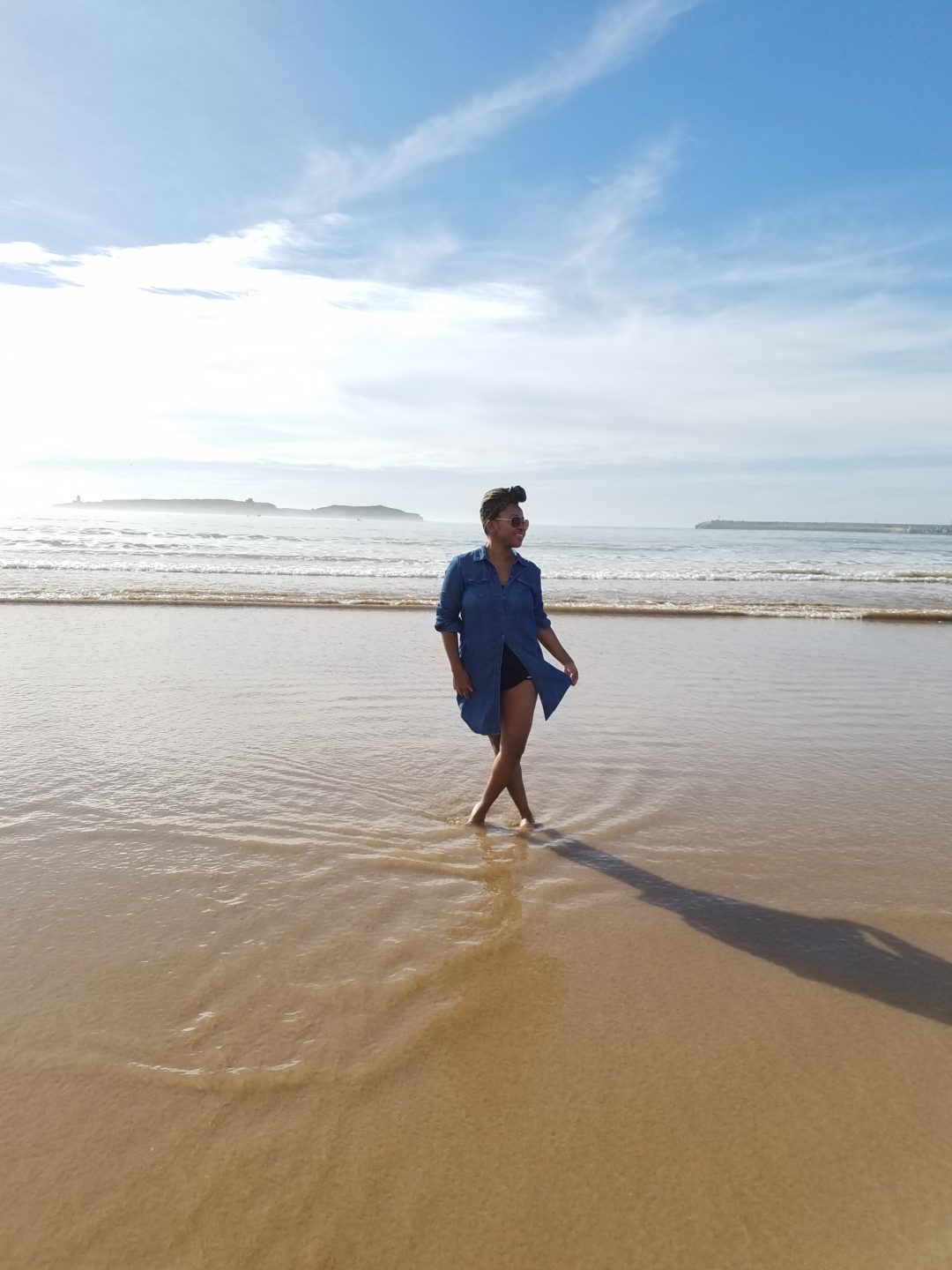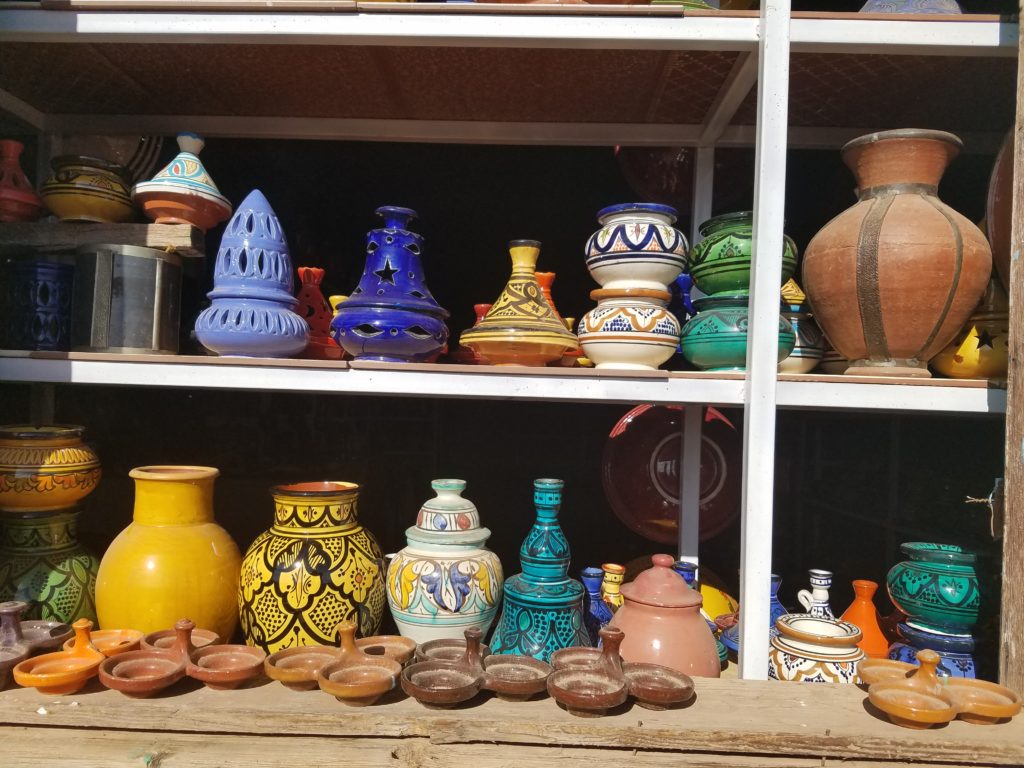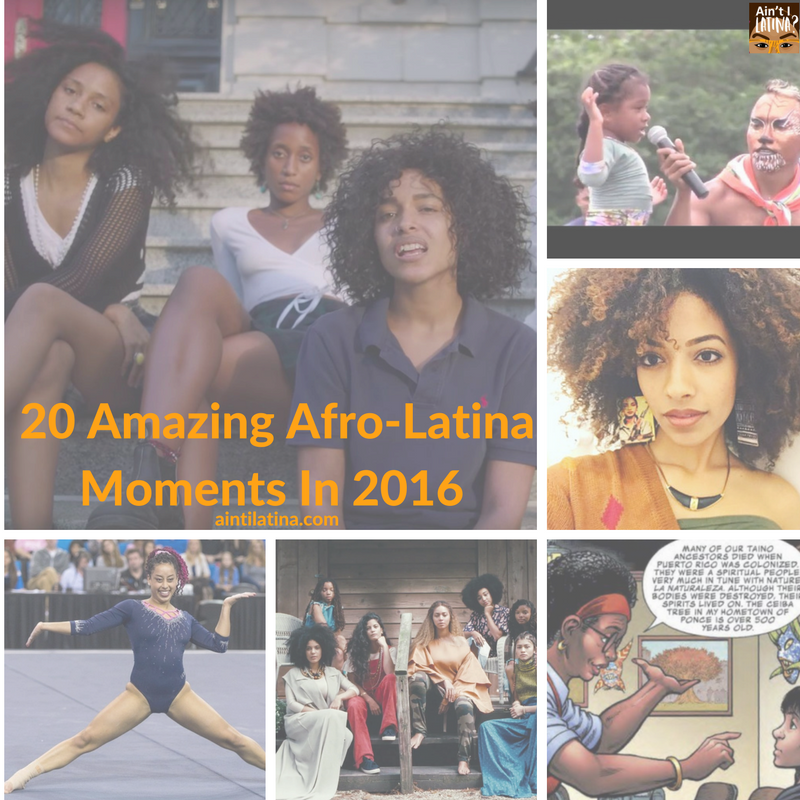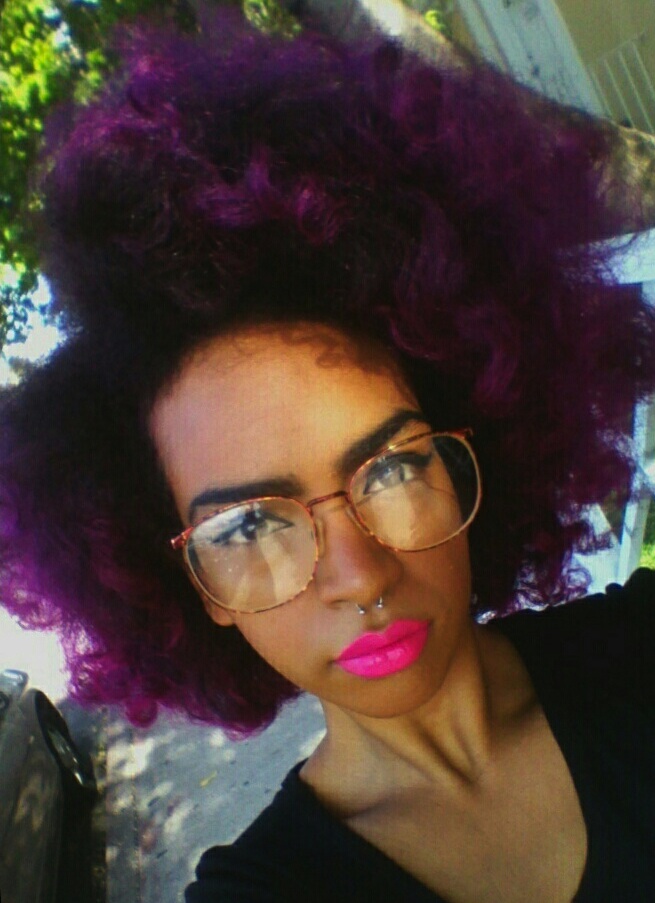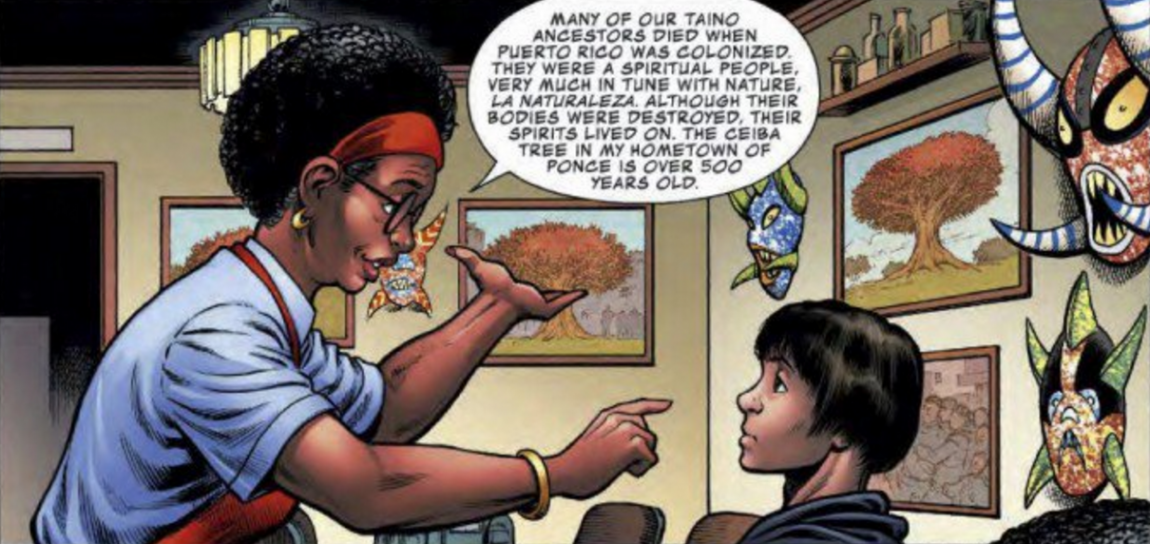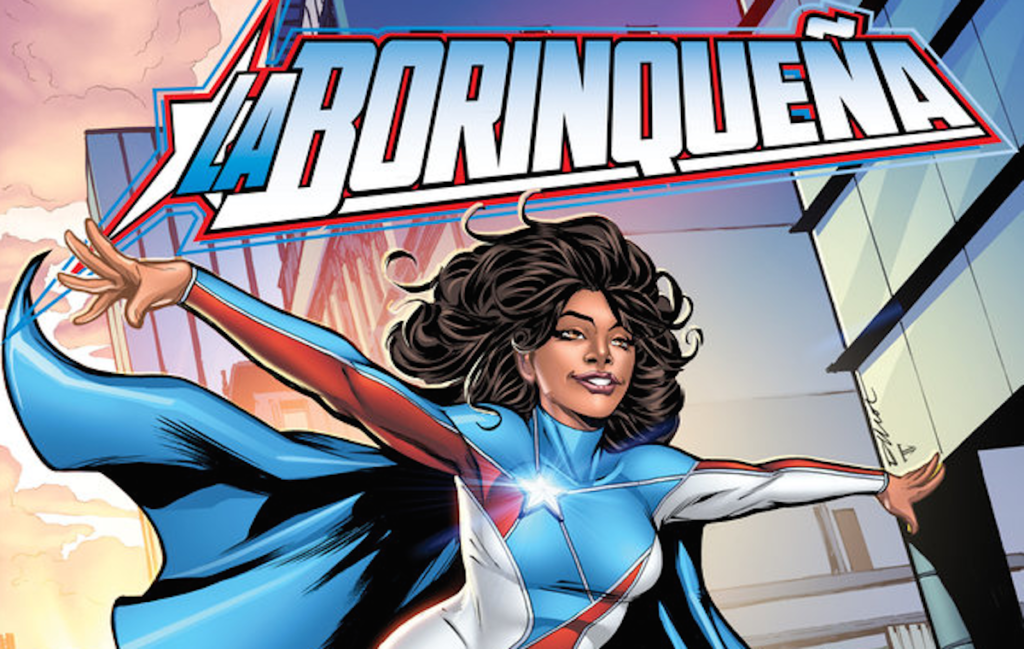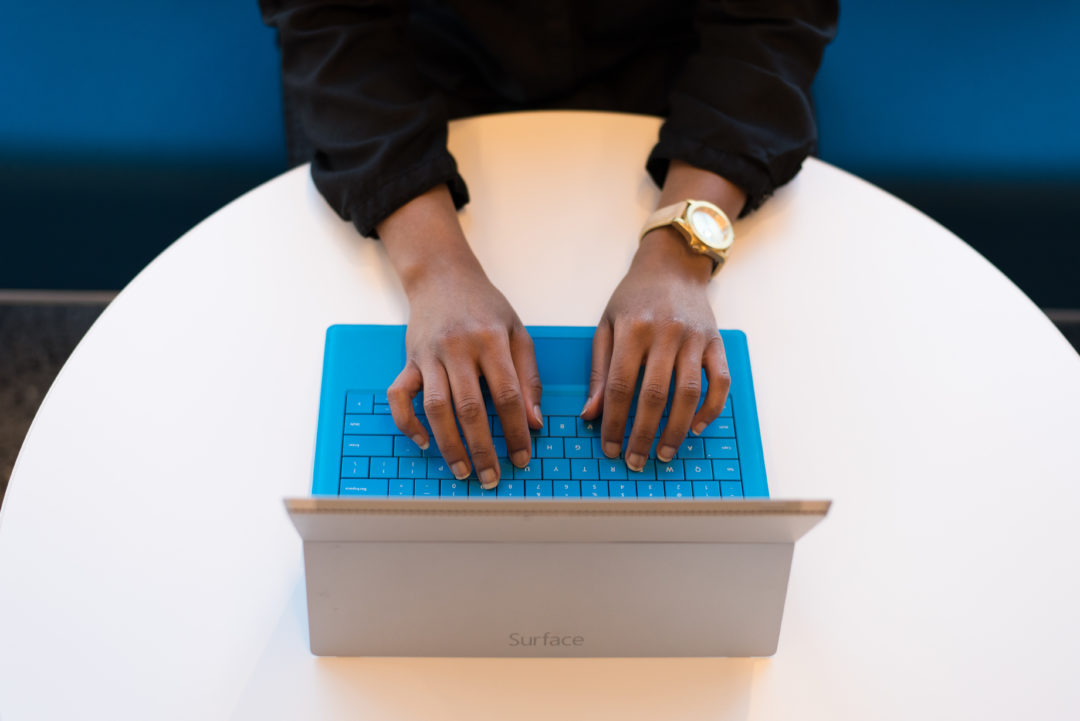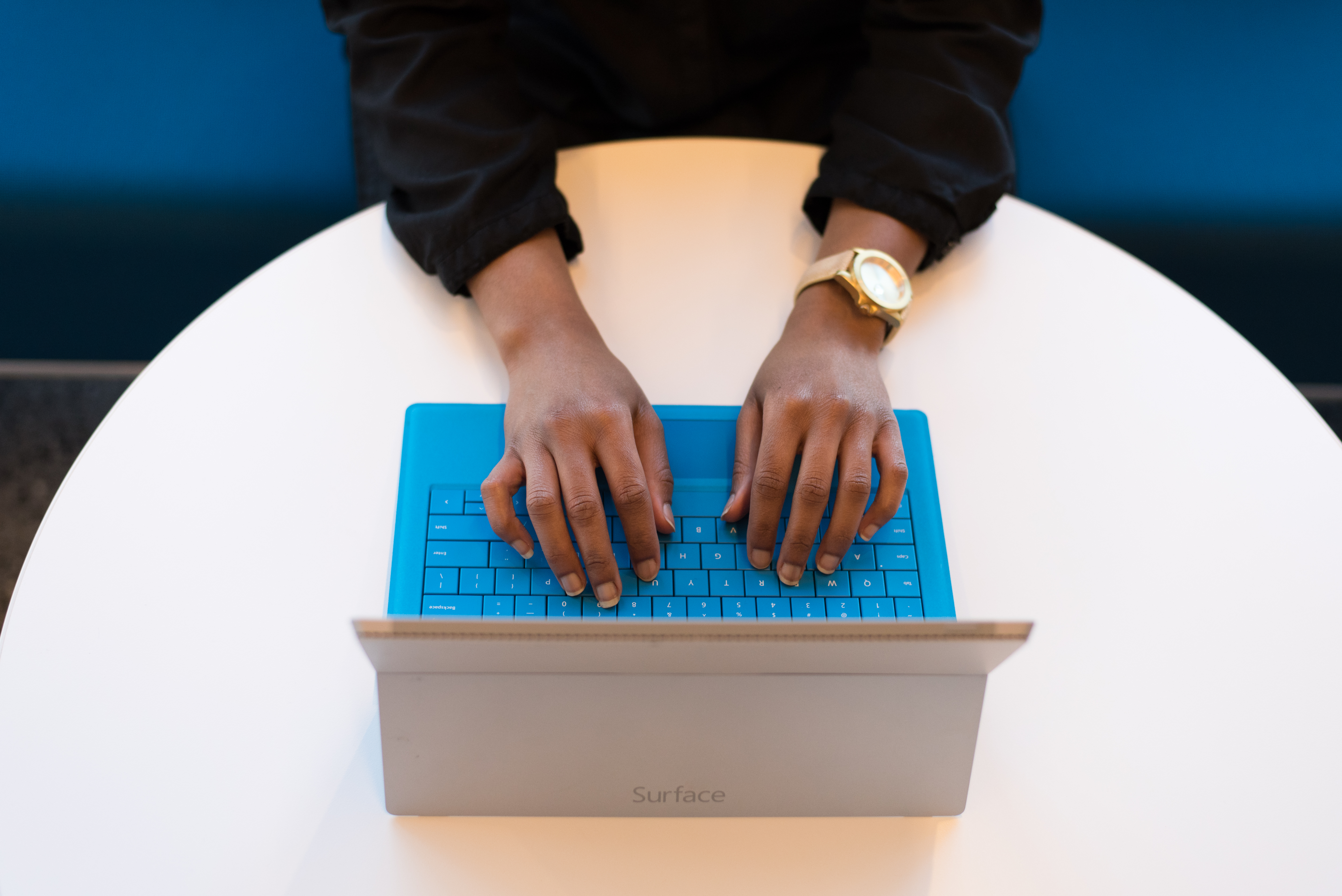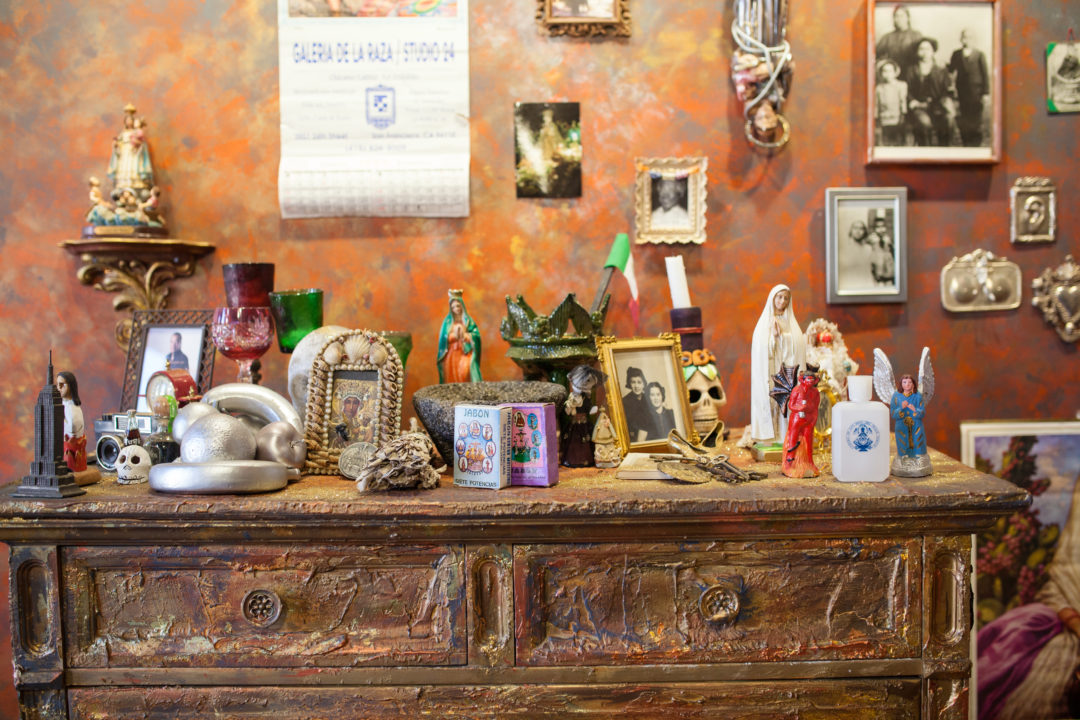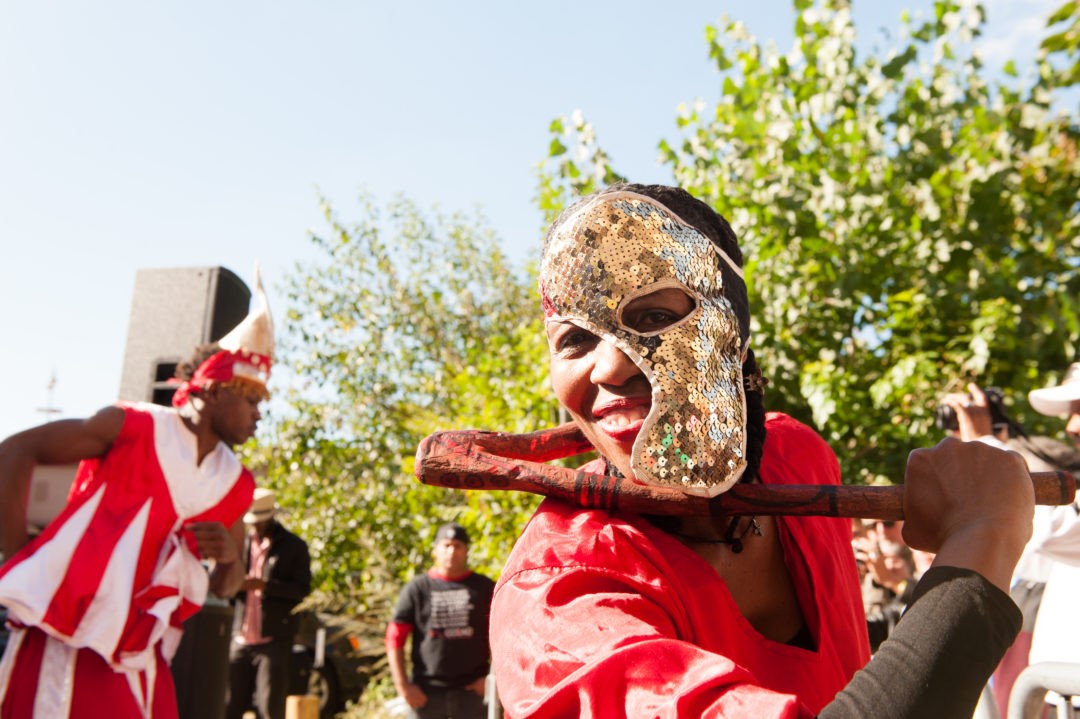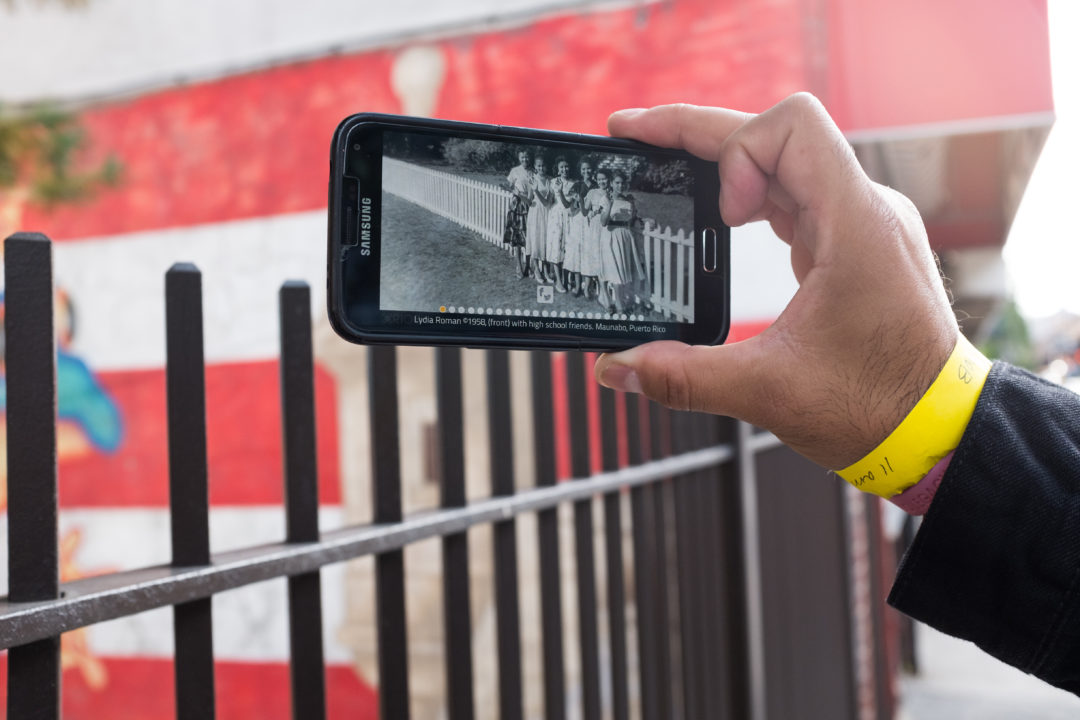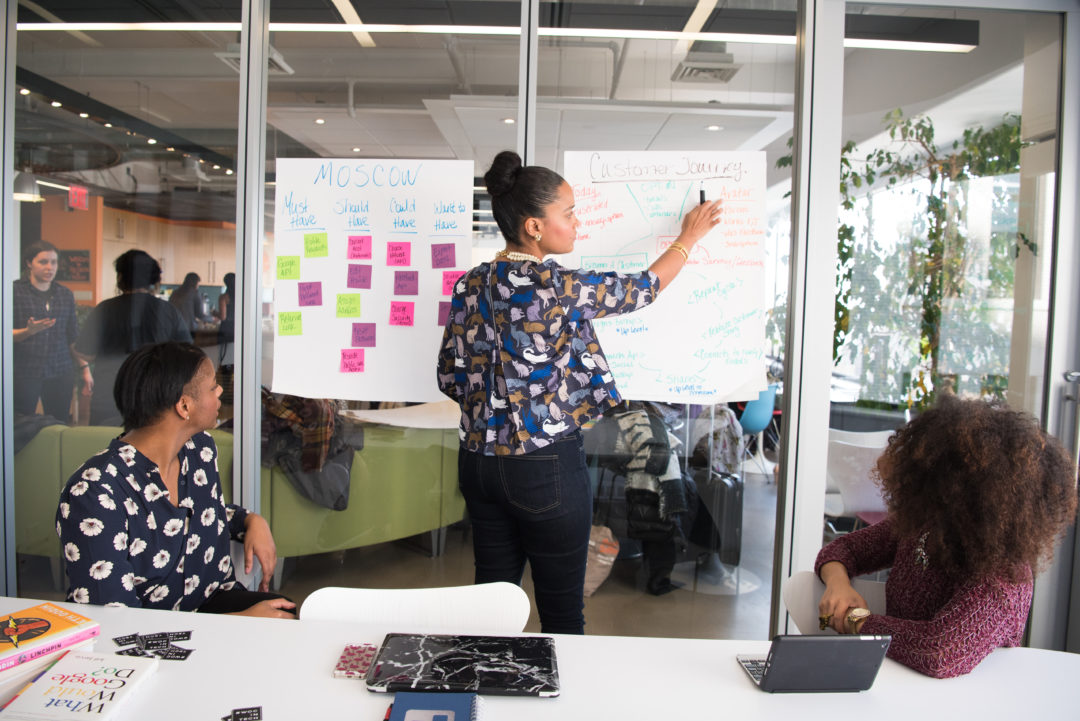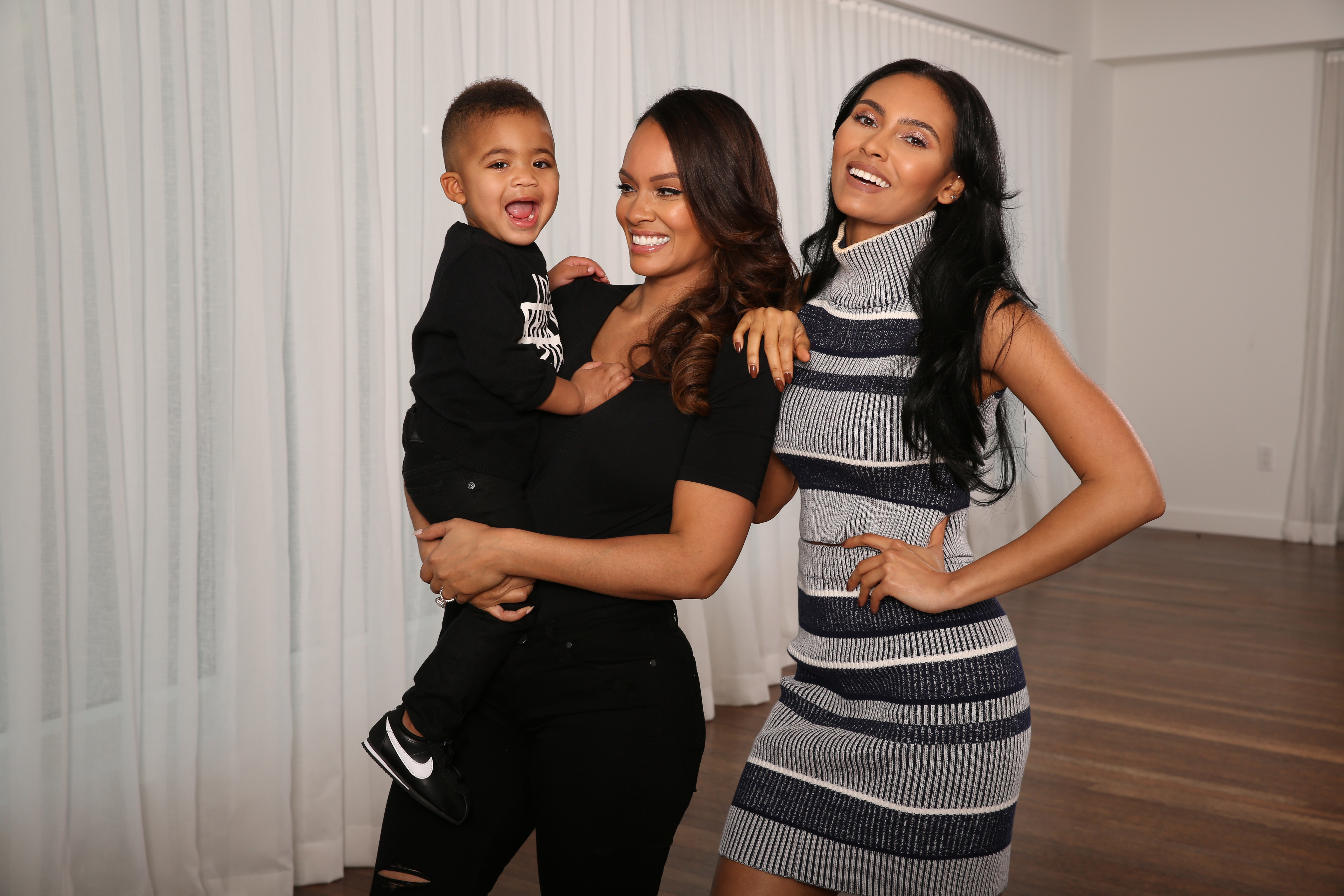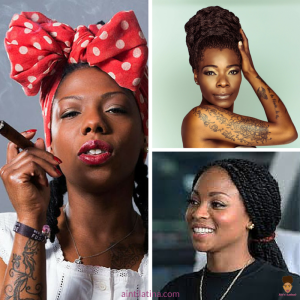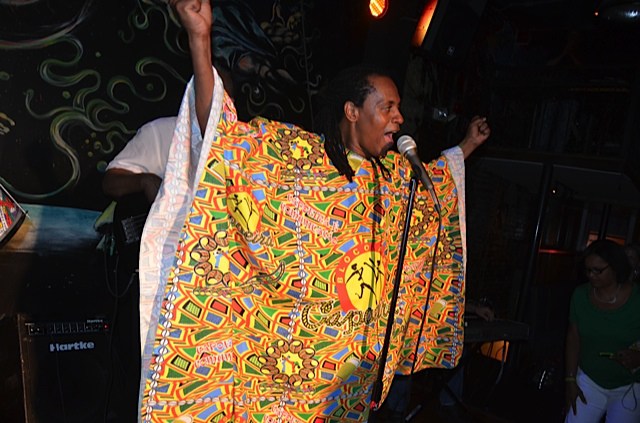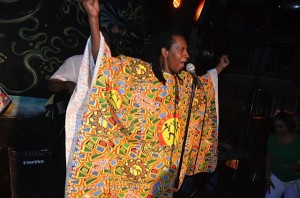Morocco was never on my “places to visit” list. Not because it isn’t a beautiful country, which I saw firsthand, but because I envisioned my first trip to the motherland would be to South Africa, Nigeria or Ghana. However, a friend of mine told me she was thinking of going in December and wanted to know if I was interested.
After some thought, I agreed.
December kicks off my personal new year, so I was excited to explore a new country as I ushered in my birthday. When I arrived, I quickly realized why Morocco is known as a “gem of North Africa.”
Here are 6 reasons you’ll love Morocco:
1. Culture
Travel affords us the opportunity to experience another culture, and I greatly appreciate the beauty and richness of the Moroccan culture. From the languages spoken, which include Berber and Arabic primarily, as well as Spanish, French and English, to the mosques, which serve as a safe space for religious practice, my goal was to take it all in. After visiting the Grand Mosque in Abu Dhabi in 2015, I was eager to get to Grande Mosquée Hassan II in Casablanca; however, it slipped my mind that I would need to have my legs covered. I wore a dress the day we went to Casablanca, so I wasn’t allowed in. While I was disappointed, I have the utmost respect for the culture and plan to visit again the next time I’m in Morocco.
The souk — a busy marketplace filled with items for sale — embodies the Moroccan spirit and culture. I spent the day exploring one in Marrakesh and bought argan oil and lots of tea. Carpets, which are handmade in excellence there, are for sale. You can get so many quintessential Moroccan goods: pashminas/scarves, lanterns, djellabas (traditional garb) and tea pots, to name a few.
Tip: Use your bargaining skills. Also, it get’s very crowded, the streets are narrow and motos are everywhere, stay alert.
2. Food
This part of the journey concerned me bit. I’m a picky eater and never had Moroccan food before I boarded the plane. It all worked out, though, because the food was delicious. The vegetables and fruits were extremely fresh and the same can be said about the meat and amazing bread. Most days were spent eating kabobs and tagine. But I couldn’t resist American-franchise food, which I never eat at home. Let’s just say McDonald’s and KFC saw me from time to time.
I love tea, so I was in heaven. I found myself drinking tea at least four times a day.
3. Essaouira
Marrakesh is a major city with a lot going on. Rooftop restaurants, art galleries, busy streets and a fun club scene. Hence, Essaouira is a nice escape from that. Like other Moroccan cities, this port city has a lot of history that can be found in its architecture, including the city walls, harbour and cannons. During the 60s, Essaouira was considered a hippie haven with Jimi Hendrix penning “Castles Made of Sand.”
I had the freshest seafood by the beach in Essaouira and spent time at the beach enjoying the clear skies and beautiful water. There’s a relaxed ambiance and calmness about the city.

